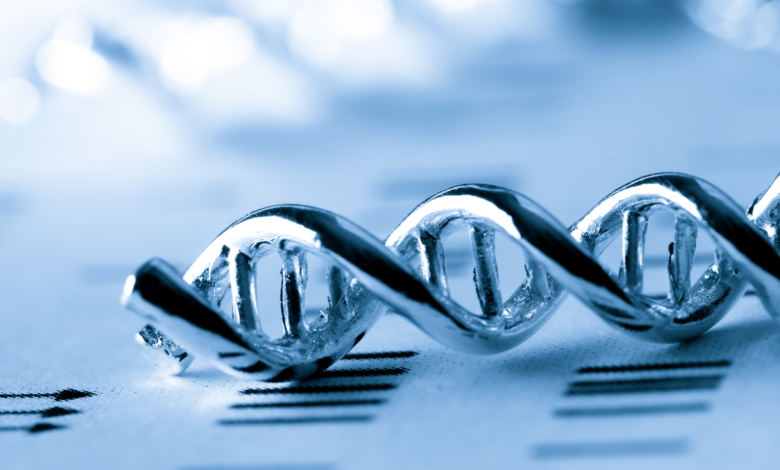Circulating Tumor DNA (ctDNA)

What is Circulating Tumor DNA (ctDNA)?
Circulating Tumor DNA (ctDNA) is fragments of DNA that are shed from tumor cells into the bloodstream. These fragments can be detected through blood tests
Why Circulating Tumor DNA (ctDNA) is required?
· Early detection: ctDNA testing can potentially detect cancer at an earlier stage than traditional imaging methods.
· Monitoring treatment response: ctDNA levels can be monitored to assess the effectiveness of cancer treatments.
· Detecting recurrence: ctDNA testing can help to detect the recurrence of cancer after treatment.
· Liquid biopsy: ctDNA testing is considered a “liquid biopsy” because it involves a simple blood draw, making it less invasive than traditional biopsies.
Which are the method of Circulating Tumor DNA (ctDNA)?
Several methods can be used to detect and analyze ctDNA, including:
- Next-generation sequencing: This method allows for the sequencing of millions of DNA fragments, including ctDNA.
- Polymerase chain reaction (PCR): PCR can be used to amplify specific DNA sequences, making it easier to detect ctDNA.
- Digital droplet PCR: This technique can detect and quantify ctDNA molecules with high sensitivity.
Who should go for Circulating Tumor DNA (ctDNA)?
· Cancer patients: ctDNA testing can be used to monitor treatment response and detect recurrence in patients with various types of cancer.
· Individuals at high risk: People with a family history of cancer or other risk factors may consider ctDNA testing for early detection.
What are the results of Circulating Tumor DNA (ctDNA)?
ctDNA testing can provide information about:
- Tumor burden: The amount of tumor DNA circulating in the blood, which can be an indicator of tumor size and progression.
- Genetic mutations: Identifying mutations in ctDNA can help to guide treatment decisions and monitor for treatment resistance.
- Disease recurrence: Detecting an increase in ctDNA levels after treatment can be a sign of cancer recurrence.
What are the components of Circulating Tumor DNA (ctDNA)?
ctDNA testing typically involves:
- Blood sample: A simple blood draw is taken from the patient.
- DNA extraction: DNA is extracted from the blood sample.
- ctDNA isolation: ctDNA fragments are isolated from the extracted DNA.
- DNA sequencing or amplification: ctDNA is analyzed using methods such as next-generation sequencing, PCR, or digital droplet PCR.
- Data analysis: The sequencing or amplification results are analyzed to identify and quantify ctDNA.





